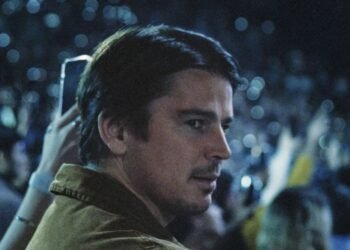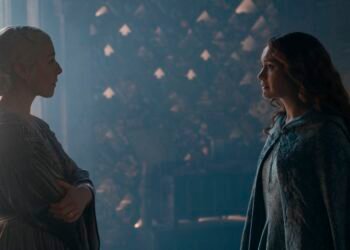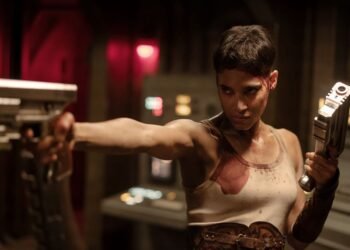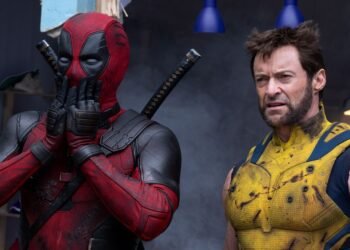Eiichiro Oda’s One Piece might be one of the greatest comics ever made. It’s certainly one of the most comics ever made. An over-the-top action-comedy about Monkey D. Luffy, a boy with stretchy powers and a dream of finding the mythical treasure One Piece and becoming King of the Pirates, One Piece is equal parts Looney Tunes and fantasy epic at an incomparable scale. With 1,090 chapters published across 106 volumes telling a continuous story begun in 1997 — accompanied by an equally long-running anime adaptation with 1,073 episodes under its belt, multiple animated feature films, video games, and a handful of stage plays — One Piece’s volume is matched only by its popularity as the top-selling manga of all time, by a huge margin.
As a result, Netflix’s live-action One Piece adaptation has a litany of expectations to address. There’s the normal weight of immense fan anticipation, but there’s also all manner of complicating factors by which One Piece will be judged: as an American adaptation of a Japanese work; as the latest in a string of usually disappointing live-action takes on manga and anime; and, most importantly, as Netflix’s latest attempt to bring a beloved anime to live action following the disappointment of Cowboy Bebop.
The ghost of Cowboy Bebop
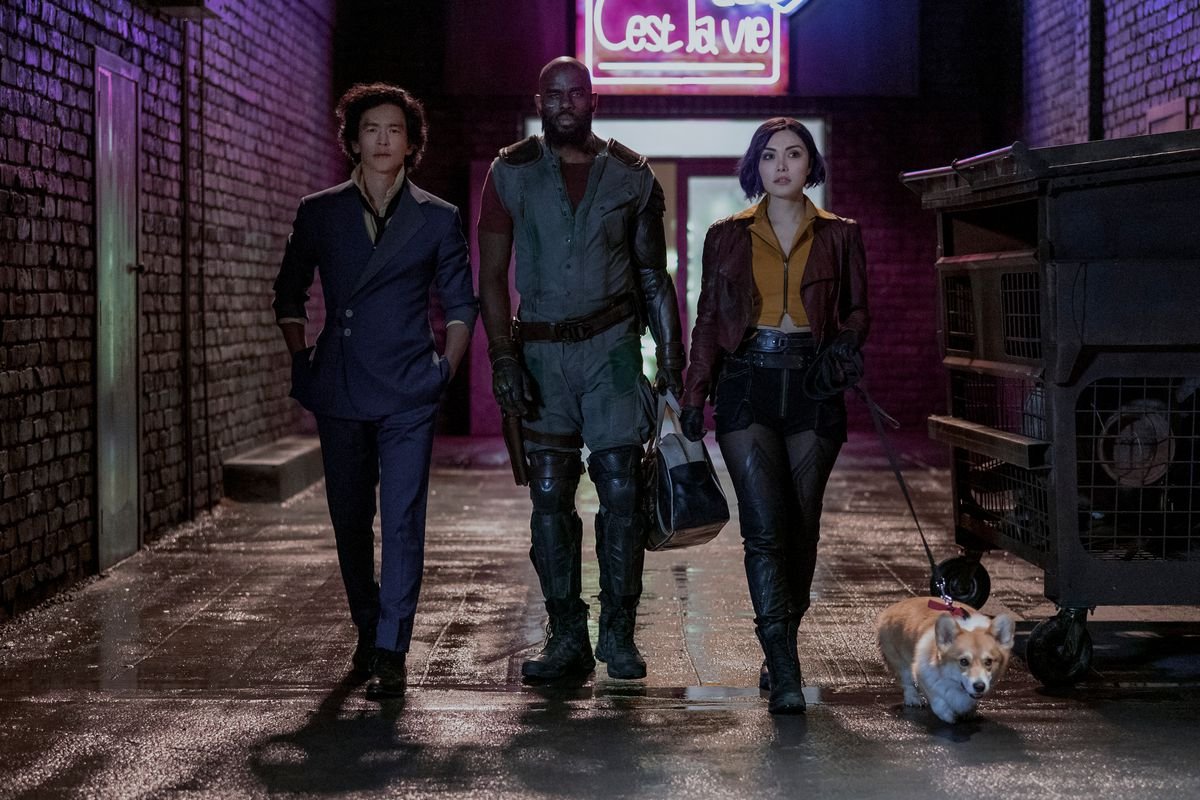
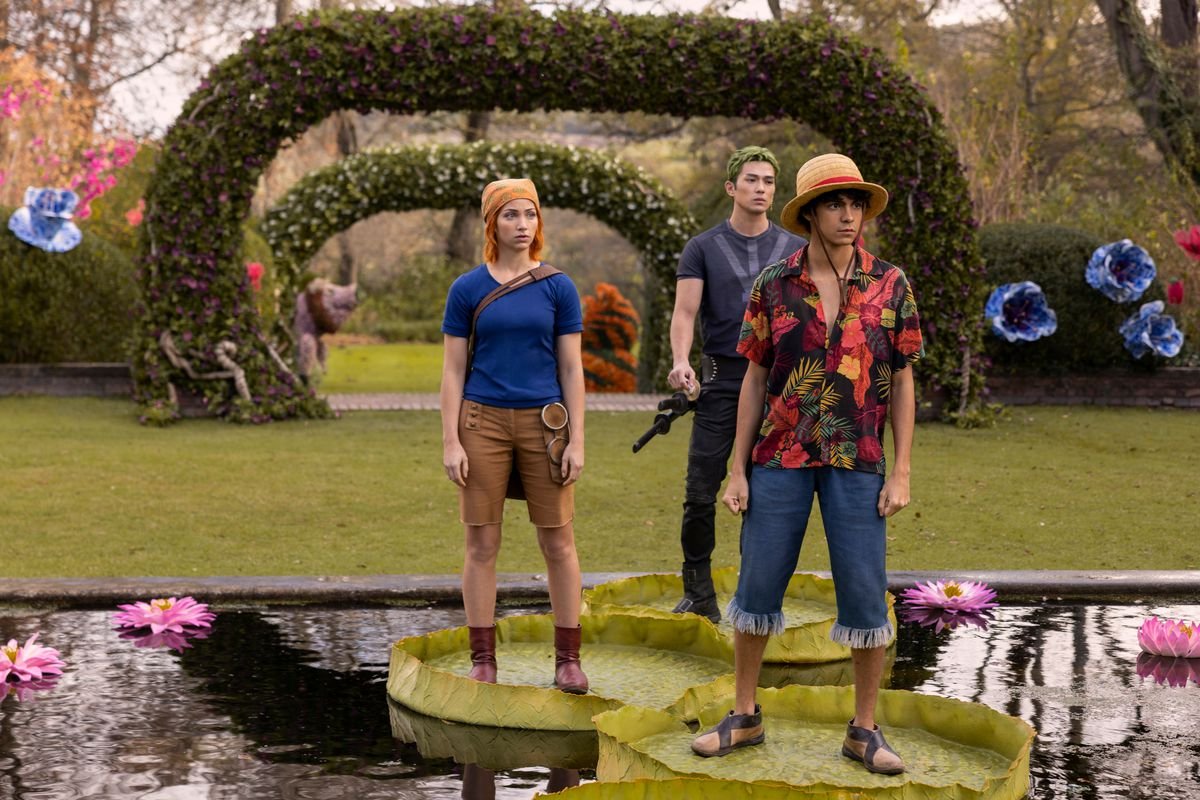
If your first question about the live-action One Piece is about how it compares to the live-action Bebop, the answer is that it’s easily better, but also that maybe that’s an unfair comparison. Tonally, One Piece is a far more straightforward work — much like the source material, Netflix’s One Piece follows Monkey D. Luffy’s (Iñaki Godoy) quixotic journey to become King of the Pirates with nothing but the clothes on his back and the powers he obtained as a boy when he ate a mystical fruit that turned his body into rubber. Unlike Cowboy Bebop, which had to juggle all manner of stylistic shifts and existential malaise present in its source material, One Piece really only has one goal: making Luffy’s quest, and the many friends and foes he meets along the way, as interesting as possible.
At first, the show delights in the job. Showrunners Matt Owens and Steven Maeda deliver an opening salvo of a premiere that does a remarkable job of bringing Oda’s work to life, introducing an uncanny world where just about everyone is a pirate or pirate adjacent, and each of them has a gimmick of some kind. For a while, it’s a blast to meet all of these people: the taciturn swordsman Roronoa Zoro (Mackenyu), the intrepid thief Nami (Emily Rudd), the clown-themed pirate Buggy (Jeff Ward), and so forth. Unfortunately, it all starts to fall apart once One Piece’s writers and directors stop introducing us to their world and start living in it.
Structurally, the eight-episode first season of One Piece is about the slow formation of Luffy’s crew, the Straw Hat Pirates, as he travels the pirate-filled East Blue ocean to make a name for himself and find the treasure of One Piece. As he stops at various colorful locations — a pirate carnival or an oceanic gourmet restaurant — Luffy makes a new friend and meets a new enemy, while flashbacks delve into the backstory of the nascent Straw Hat Pirates and what fuels their thirst for adventure. What holds it back isn’t so much that it’s a poor manga adaptation — in fact, in many ways it’s excellent — but rather, that it’s a Netflix show.
One Piece has a Netflix problem
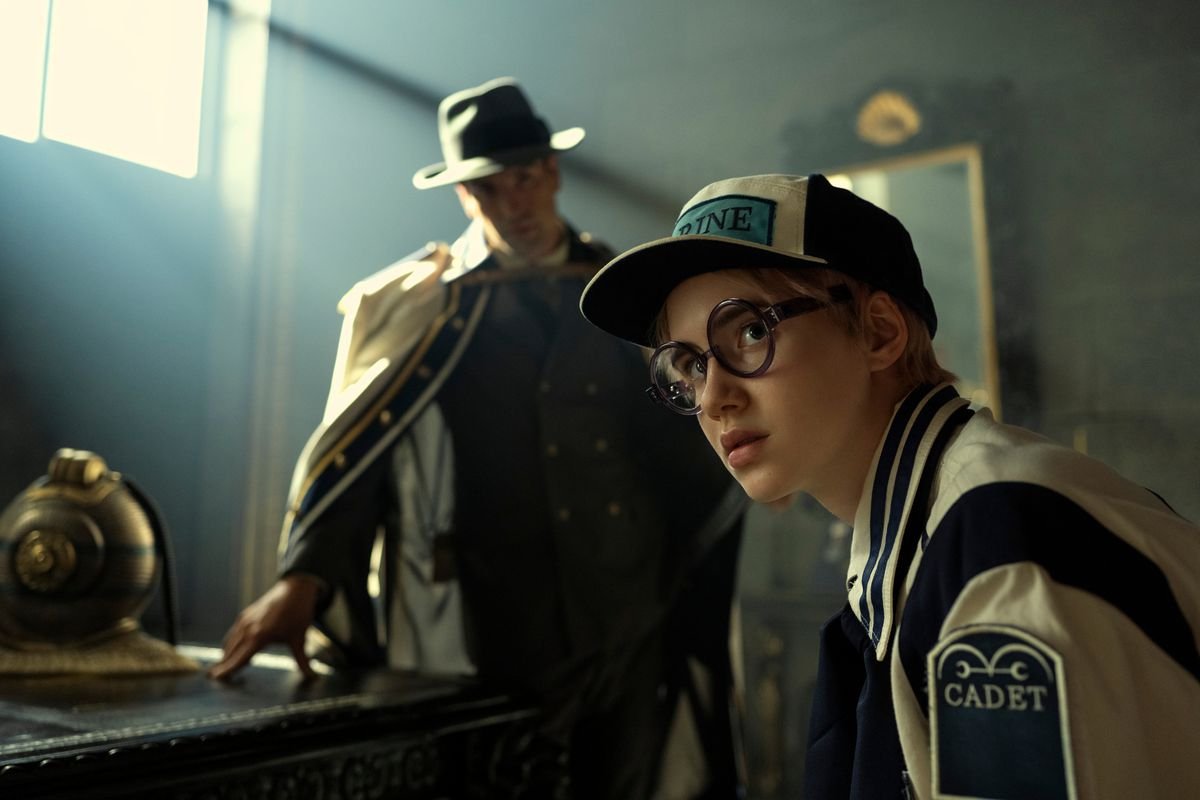
Photo: Joe Alblas/Netflix
Netflix is a notoriously opaque company; the amount of creative control or input it exercises on its television shows, and how evenly that input is distributed across its slate, is something for which viewers and critics have long lacked hard data beyond the shows themselves. After a decade of Netflix original programming, a visual house style began to emerge: a washed-out color palette, dim artificial lighting, and a reliance on very plain shots where the biggest flex a cinematographer will make is the occasional tracking shot and far too many Dutch angles.
Similarly, Netflix dramas seemed to hew to a house style in how they were plotted and paced, and thanks to the ongoing Writers Guild of America strike, we know that a lot of streaming TV’s dramatic ills can be traced back to how streamers develop their shows. Strange pacing, disjointed narratives, and a lack of strong character writing are natural consequences of companies that have eschewed writing staffs for a piecework approach where writers are hired and then subsequently let go, excluded from the process of making the show.
One Piece wasn’t necessarily made this way, but it was made in this culture, and it certainly adheres to its conventions. It is also the show that has suffered the most under these conventions since perhaps The Sandman, another adaptation of a beloved comic with an indelible visual style that got washed out by Netflix’s signature approach. (That was perhaps no small part of Bebop’s demise as well.) It’s tragic, really. Every aspect of One Piece’s production sings: Its sets are wonderfully designed, its costuming feels true to the manga, its fight choreography is extremely good at translating comic action to 3D, and its actors are fully committed — enough praise cannot be heaped on Godoy’s performance as Luffy, a casting decision so perfect it hurts. Godoy is exuberant in the role, with the unbridled energy of a cartoon character come to life and a toothy grin that endears everyone he encounters. Yet all of it is undermined by that Netflix house style, muddying up those vibrant colors and staging those performances in the middle distance.

Photo: Casey Crafford/Netflix
Like a lot of Netflix shows, One Piece feels both too fast and too slow, willing to chew through gobs of plot as it hops from locale to locale and flashes back and forward through time, but rarely willing to spend much of its 50-minute-plus episodes on simple character beats that show its cast just hanging out with each other and being pirates. Because of this, if the plot isn’t taking the audience somewhere new or introducing them to a fun new face, One Piece absolutely grinds to a halt as machinations play out around the Straw Hat Pirates and we wait for them to inevitably solve the problem in front of them. Again: not a One Piece problem, but a Netflix one — a show quickly feels stale if all it is concerned with is showing the viewer something new, as Netflix shows too often are. Television is built not on novelty, but familiarity.
Manga battles, battling manga
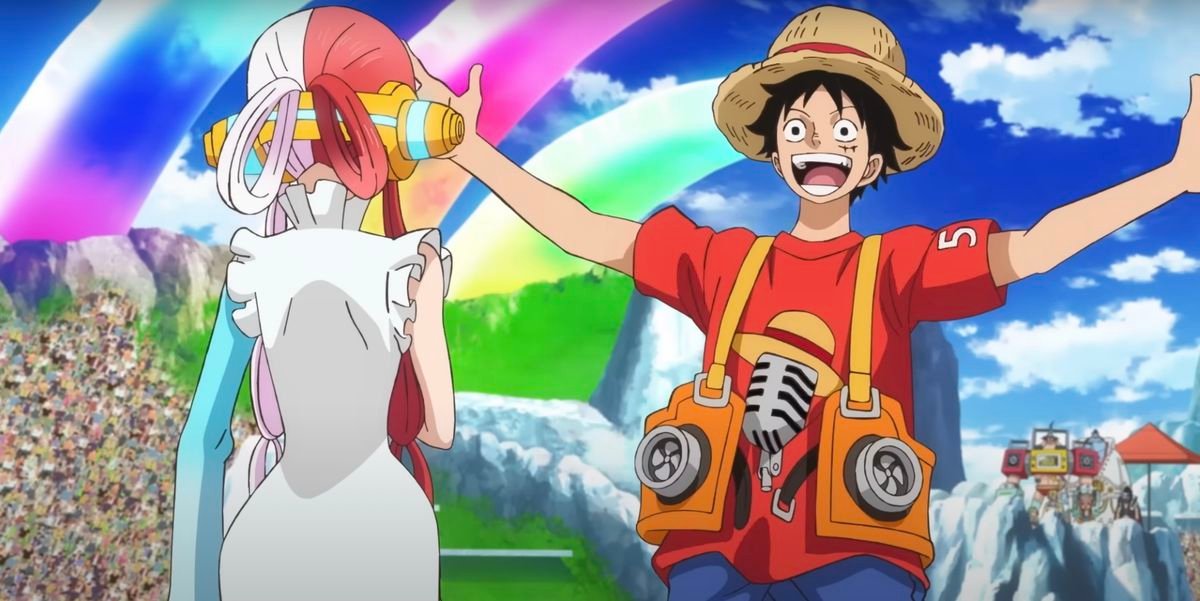
Image: Toei/Crunchyroll
It’s probably worth pointing out that One Piece is freaking weird. To its credit, the Netflix series does not shy away from its manga origins, which means that its tone, storytelling tics, and tropes can feel wildly dissonant if you’re not familiar with manga as a medium.
To the uninitiated, watching One Piece means dealing with the genre tropes of shonen manga, comics made primarily with young boys in mind, even if their appeal extends far beyond that narrow demographic. All of the hallmarks are there: an earnest approach to friendship; gonzo fights with colorful characters who have unexplained gimmicks; and a tendency for characters to shout the names of their finishing moves, like they are both professional wrestlers and wrestling fans rolled up into one.
As jarring as this may seem, once One Piece gets going, it’s not hard to take its quirks in stride and see their appeal, especially when they’re delivered with Godoy’s conviction and earnest charm. And that’s the frustrating thing about One Piece — it feels so fixable. There is real treasure to be found here, a genuine celebration of Eiichiro Oda’s work just under the surface of these eight episodes. Maybe we’d see it, if the show came from anywhere else.
One Piece season 1 is now streaming on Netflix.






























